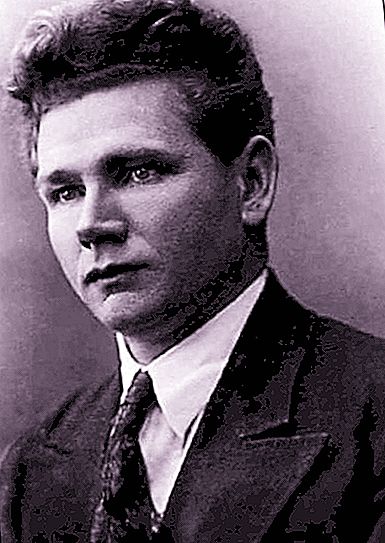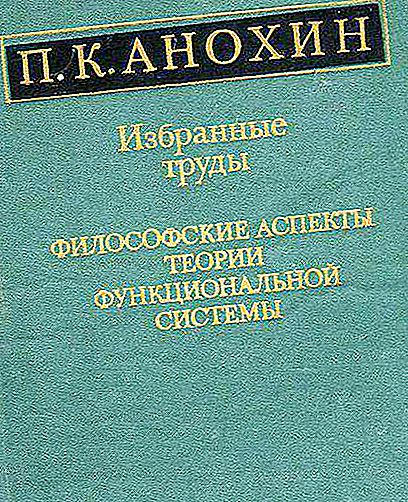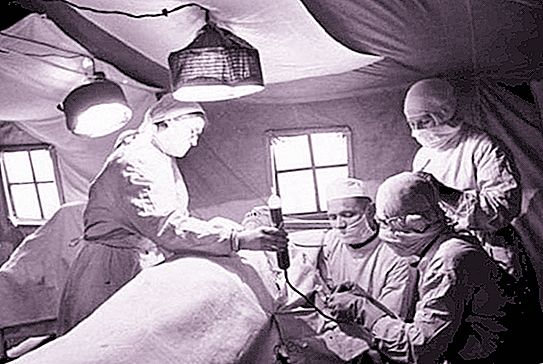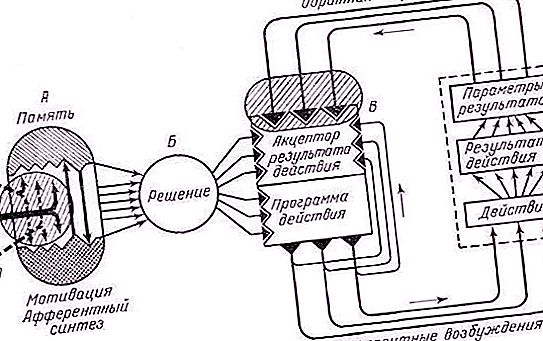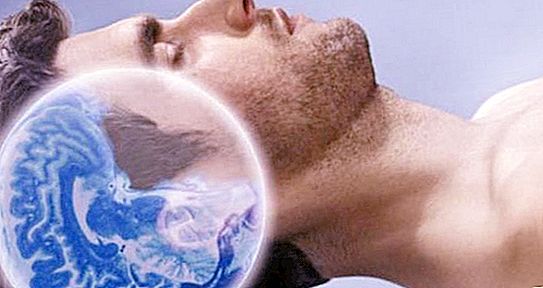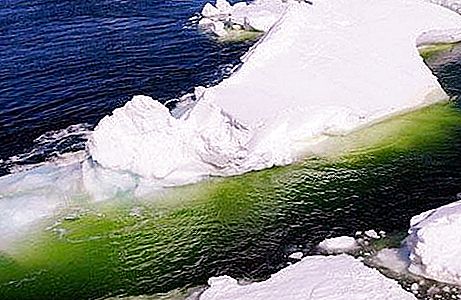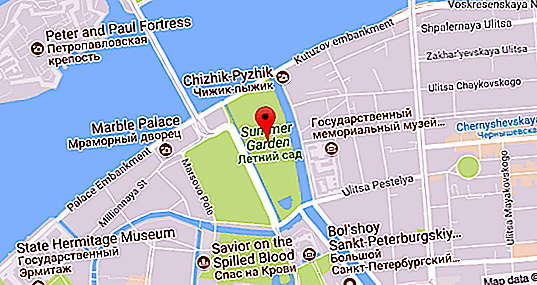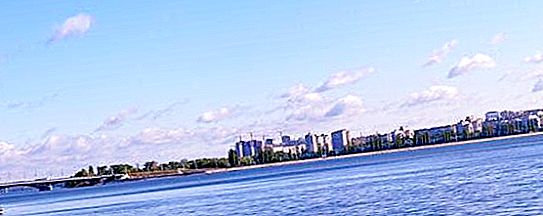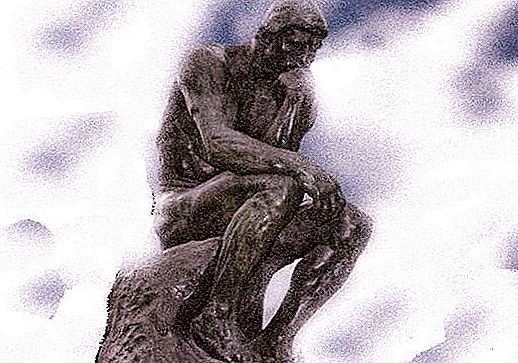Anokhin Petr Kuzmich is a famous Soviet physiologist and academician. Member of the Civil War. Gained fame thanks to the creation of the theory of functional systems. In this article, you will be presented with his brief biography.
Study
Anokhin Petr Kuzmich was born in the city of Tsaritsyno in 1898. In 1913, the boy graduated from elementary high school. In connection with the difficult situation in the family, Peter had to go to work as an office clerk. Then he passed the exams and received the profession of "postal and telegraph officer."
Fateful meeting
In the early years of the new system, Anokhin Pyotr Kuzmich worked as editor-in-chief and commissioner for printing in the Novocherkassk edition of Red Don. In those days, he accidentally met with the famous revolutionary Lunacharsky. The latter traveled with an agitation train on the Southern Front. Lunacharsky and Anokhin talked for a long time on the subject of the human brain and its study for "understanding the material mechanisms of the human soul." This meeting predetermined the fate of the hero of our article.
Higher education
In the fall of 1921, Anokhin Pyotr Kuzmich went to Petrograd and entered the GIMZ, which was headed by Bekhterev. Already in his first year, a young man conducted under his leadership a scientific work entitled "The influence of minor and major vibrations of sounds on inhibition and excitation of the cerebral cortex." A year later, he listened to several lectures by Pavlov and settled in his laboratory.
After graduating from the GIMZ, Peter was hired as a senior assistant in the Department of Physiology at the Leningrad Zootechnical Institute. Anokhin also continued to work in Pavlov’s laboratory. He conducted a series of experiments on the effect of acetylcholine on the secretory and vascular functions of the salivary gland, and also studied the blood circulation of the brain.
New position
In 1930, Petr Kuzmich Anokhin, a biography and interesting facts about which is found in any textbook on physiology, was appointed professor at the University of Nizhny Novgorod (Faculty of Medicine). In part, Pavlov’s recommendation contributed to this. Soon, the faculty was separated from the university, and on its basis a separate medical university was created. In parallel, Peter Kuzmich led the Department of Physiology at the Nizhny Novgorod Institute.
At that time, Anokhin introduced new methods of studying conditioned reflexes. This is a motor-secretory, as well as an original method using a sudden substitution of unconditional reinforcement. The latter allowed Peter Kuzmich to come to an important conclusion about the formation of a special apparatus in the central nervous system. It already had parameters for future reinforcements. In 1955, this device was called the "acceptor of the result of action."
Authorization afferentation
It was this term that was introduced into scientific use by Anokhin Pyotr Kuzmich in 1935. The theory of functional systems, or rather its first definition, was given to them at about the same time period. The formulated concept influenced all his further research activities. Anokhin realized that a systematic approach is the most progressive way to solve various physiological problems.
In the same year, part of the staff of the Nizhny Novgorod University moved to VIEM, which was located in Moscow. There, Peter Kuzmich organized the department of neurophysiology. Some of his research was carried out in collaboration with the Krol Clinic of Neurology and with the Department of Micromorphology, headed by Lavrentiev.
In 1938, at the invitation of Burdenko, physiologist Anokhin Petr Kuzmich, whose biography is imitated by other scientists, headed the neuropsychiatric sector of the Central University of Neurosurgery. There, the scientist was developing the theoretical concept of the nerve scar.
Wartime work
Immediately after the outbreak of the war, Anokhin, along with VIEM, was evacuated to Tomsk. There he headed the neurosurgical department of injuries of the peripheral nervous system (PNS). In the future, Petr Kuzmich will summarize his neurosurgical experience in the work “Nerve Plastic Surgery for PNS”. This monograph was published in 1944.
In 1942, Anokhin returned to Moscow and became the head of the physiological laboratory of the Institute of Neurosurgery. Here he continued to advise and operate. Also, together with Burdenko, the scientist investigated the field of surgical treatment of military injuries of the National Assembly. The result of their work was an article on the structural features of lateral neuromas and their treatment. Immediately after this, Peter Kuzmich was elected professor at Moscow University.
In 1944, a new Institute of Physiology appeared on the basis of the laboratory and department of neurophysiology of VIEM. Anokhin Petr Kuzmich, whose books were not very popular at that time, was appointed the head of the profile department there. In subsequent years, the scientist held the post of deputy head of scientific work at this institution, as well as director.
Criticism
In 1950, a scientific session was held devoted to the problems of Pavlov’s teachings. A number of scientific directions developed by his students were criticized: Speransky, Beritashvili, Orbeli and others. The theory of the functional systems of the hero of this article also caused acute rejection.
Here is what Professor Asratyan said on this occasion: “When Bernstein, Efimov, Stern, and other people who know Pavlov’s teachings superficially come up with individual thoughts, this is ridiculous. When an experienced and knowledgeable physiologist Beritashvili comes up with anti-Paul concepts, not being his student and follower, it is annoying. But when Pavlov’s pupil systematically tries to revise his work from the position of pseudoscientific idealistic “theories” of bourgeois scholars, this is simply outrageous. ”
Relocation
After this conference, Anokhin Petr Kuzmich, whose contribution to science was not appreciated, was removed from his post at the Institute of Physiology. The leadership of the institution sent a scientist to Ryazan. There he worked as a professor until 1952. Over the next three years, Peter Kuzmich headed the Department of Physiology of the Central Institute in Moscow.
New works
In 1955, Anokhin became a professor at Sechenov Medical University. Peter Kuzmich actively worked in this position and managed to do a lot of new things in the physiological field. He formulated the theory of sleep and wakefulness, the biological theory of emotions, proposed an original theory of satiety and hunger. In addition, Anokhin gave a complete look to his concept of a functional system. Also in 1958, the scientist wrote a monograph on internal inhibition, where he introduced a new interpretation of this mechanism.
Teaching
Peter Kuzmich combined scientific activity with pedagogical. Everywhere where Anokhin had to work, he always attracted students to this process. All his students wrote scientific work on a specific topic. Peter Kuzmich tried to arouse a creative creative spirit in them. With his attention and a friendly attitude, the physiologist motivated students to be creative. Anokhin's lectures were very popular, since the scientific depth was combined in them with a lively and clear presentation of the material, figurativeness and expressiveness of speech, as well as the undeniable validity of the conclusions. In the spirit of the best traditions of the Soviet school of physiology, Anokhin strove both for clarity of information transfer, and for demonstrativeness, visualization of the material. Physiological experiments on animals added to the lectures of the professor. Many students considered his lectures improvisations. In reality, the scientist carefully prepared for them.
